
The way we frame houses is based on physics. Durable building assemblies must consider thermodynamics. Healthy indoor air quality (IAQ) and comfort relate to human biology. And good design plays off our psychology. As designers and builders, there’s not much we do that isn’t grounded in science. Maybe that’s why the term “building science” has become inevitably linked with best practices. Without considering the former, we cannot implement the latter. And really, that’s just what this article (and its prequel, Building Science Mistakes to Avoid, Part 1) are all about: best practices and their building science foundations. To examine them through the lens of mistakes is illuminating.
We all make mistakes and often learn very important lessons from them. Of course, there are also times when we must experiment. Designers and builders must take chances now and then to test a theory or new idea. And that, too, is the spirit of science, which is to understand our world—including our buildings—through repeated tests and diagnostics. We must also keep in mind that we’re building economically and emotionally important projects for our clients. Therefore, we must strive not to make the same mistake twice and to share our collective knowledge to help others avoid the mistakes that we have made. So, with input from the FHB community, here are some more building science mistakes to avoid.
1. Confusing air barriers and vapor retarders
The building science: A building assembly needs to control four things: heat, water, air, and moisture (water vapor). Heat is controlled by insulation, water is controlled by a waterproof layer on the exterior of the assembly, air is controlled with an air barrier, and moisture is controlled by … well, it depends.
In my consulting projects, I’m often reviewing details that liberally call out…
Weekly Newsletter
Get building science and energy efficiency advice, plus special offers, in your inbox.

This article is only available to GBA Prime Members
Sign up for a free trial and get instant access to this article as well as GBA’s complete library of premium articles and construction details.
Start Free TrialAlready a member? Log in
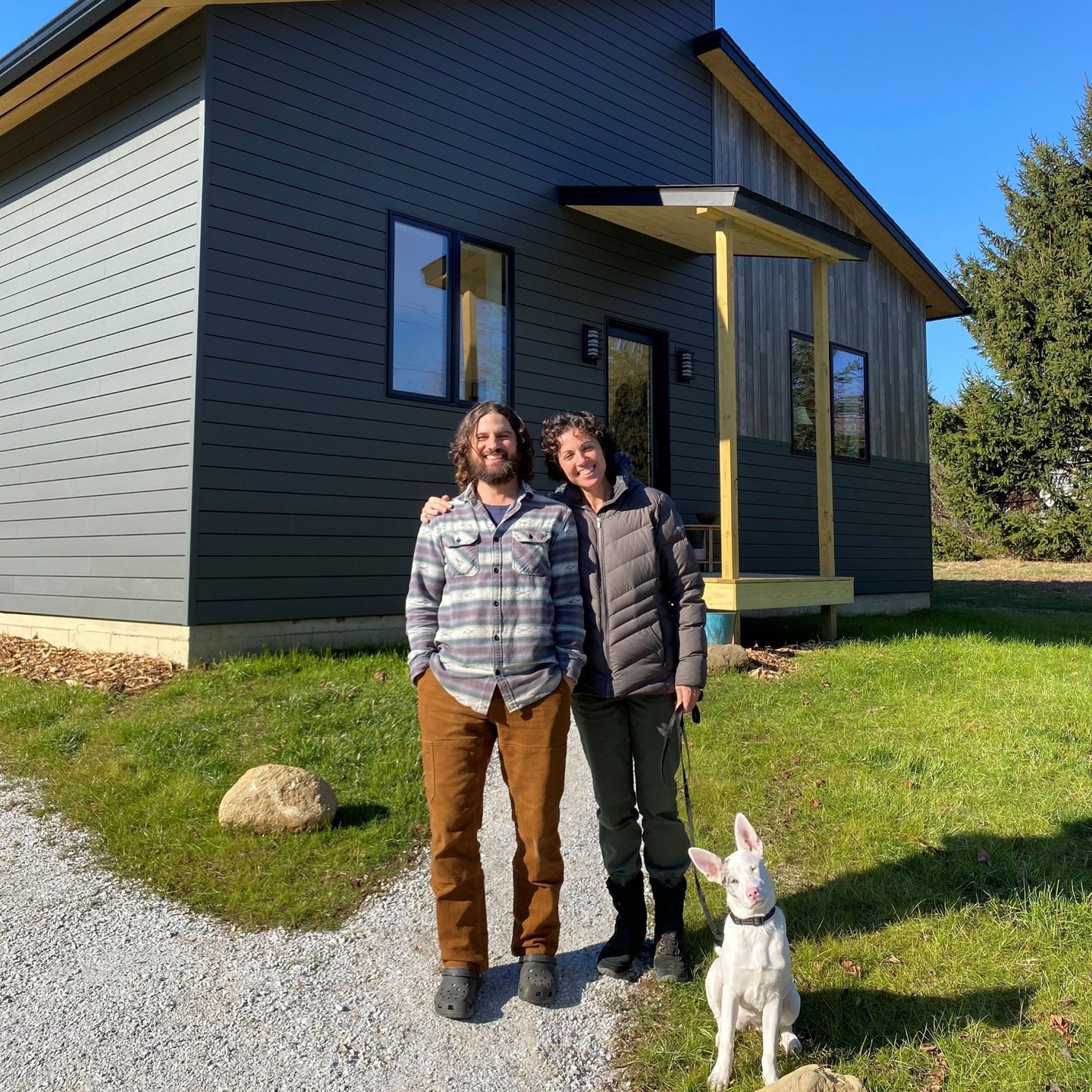




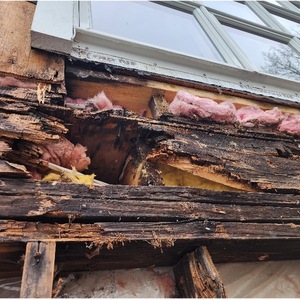
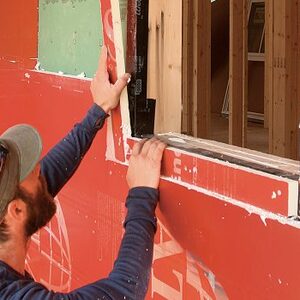
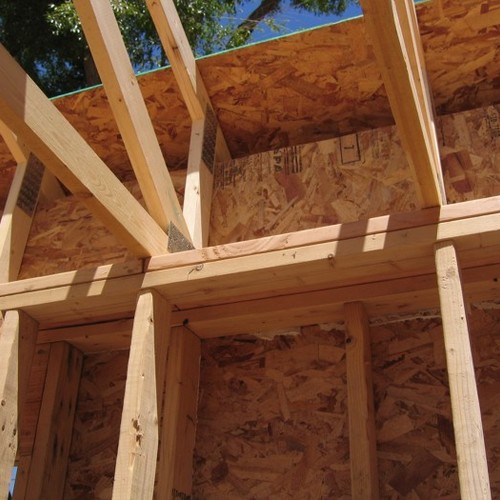
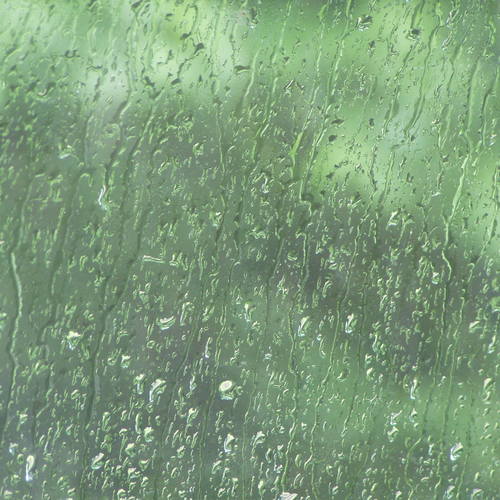





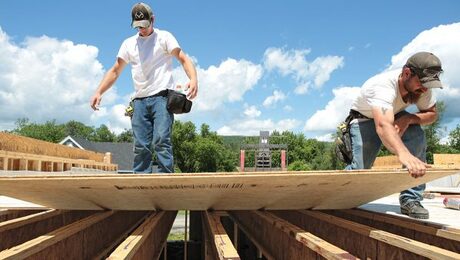
One Comment
A good list of things to think about.
#7 - it's worth noting, taping the underside is the manufacturer's recommended method for European style flangeless windows. These windows typically have weep holes to release water, it's important to leave those uncovered of course.
For the Salamander BluEvolution82 (a common choice since it is NFRC rated)
https://7d3ea1cf7d.nxcli.net/wp-content/uploads/2020/07/EAS-SALAMANDER-BE-82-uPVC-Window.pdf
Log in or become a member to post a comment.
Sign up Log in